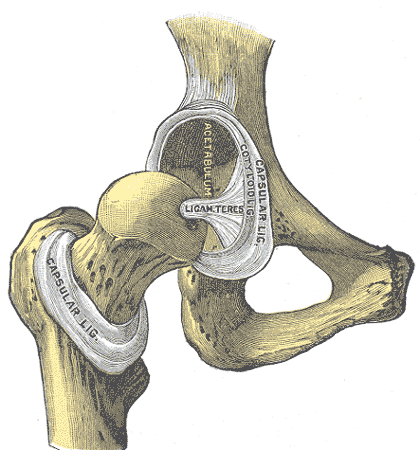
Given the news of Rick Rypien's passing, and arguably that of Derek Boogard, mental illness has been in the NHL newswire a lot more recently than I can remember.
And rightfully so.
I think the most important conclusion I want to draw in this post is that depression is a medical disease. It may seem like a simple and obvious statement to some, but maybe a bit harder to accept for others. I'm not going to get into how it's diagnosed, treatment, etc. Today's post is just focusing on my argument that for most people it's not something trivial or an excuse.
First off, let's clarify - sadness is part of life. Duh. We get our sad days, mad days and happy days and everything in between -- those are just emotions. We're supposed to feel them. However, a major depressive disorder is not just being sad. It comes down to a chemical imbalance in the brain that causes someone to feel hopelessness, despair, or even numbness for extended periods of time. You wouldn't say to someone with diabetes, "Hey! Stop being so tired and just correct your sugars already!". Nor would you tell someone with half a foot to try to walk properly. That would be stupid.
Pathogenesis
If you grouped all the patients in the world with depression, you'd actually have a large group of people with similar symptoms but a wide variety of different reasons for being depressed. Let's list a few key causes:
- Genetics - Single gene causes haven't been identified yet, but there is a strong pattern of heritability of depression - 42% heritability in women, and 29% in men.
- Early life adversity - exposure to severe stress and trauma as a child can cause major changes in a child's brain to stress and negative stimuli. If you want to get technical, studies have shown overactivity of corticotropin-releasing cells in the hypothalamus - that basically means the cells in the brain that stimulate stress response in the brain become overly sensitive.
- Social factors - Strangely, proximity to someone who is depressed can make you more prone to get it too. Chew on this: you're 93% more likely to become depressed if you are directly connected to someone who is depressed. Other factors include poor sibling relationships, and persistent negative and critical comments.
- Psychological factors - pessimism, neuroticism, and certain personality types are more likely to lead to depression than others.
- Secondary depression - this can arise from a number of medical conditions like heart attacks, neurologic diseases, and metabolic problems.
On top of all these causes, research has shown physical changes in the brain in patients who are depressed. I'll admit that it's tough to determine whether or not these changes are present in people who will become depressed, or occur after people are depressed (i.e. cause/effect vs correlation).
Certain neurotransmitters, or chemicals that cause signal conduction in the nerves of the brain, have shown to be imbalanced or functioning abnormally. As mentioned above, overstimulation of the corticotropin-releasing cells in the hypothalamus, resulting in abnormally increased stress responses can play a role as well. Other physical changes seen are an abnormal density of glial cells in the frontal or occipital cortex of the brain, a smaller hippocampus, or altered brain activity.
Now don't go to your family physician tomorrow and ask for an MRI of your brain to assess the size of your hippocampus, or ask for certain hormone levels to see if you're depressed. That's not the point. What I'm trying to get at here is that many people who suffer from depression should not be dismissed.
A common but often misplaced argument is: "this person has no reason to be depressed. He/she is hot/has money/lives the life." (Exhibit A: list of famous people with depression, from Wikipedia) Such a scenario is actually common with people with depression. They could have a great spouse, supportive children, a stable job, and still find sadness and disparity... that's how their brain has been wired.
Sources: UpToDate




